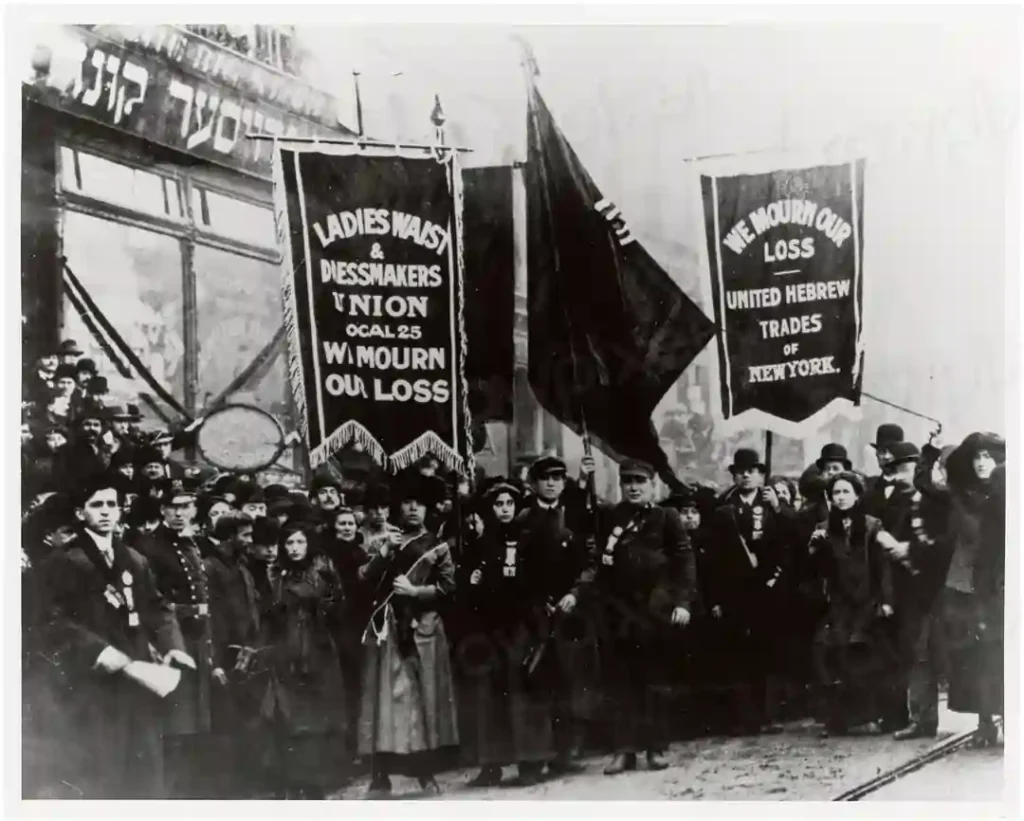Introduction with Social Movements
A movement, in the context of social movements, refers to a collective effort by a group of people who are connected by a shared interest in bringing about social change.
It involves the mobilization of large numbers of individuals who work together to either advocate for a particular social change or oppose a social change that is being advocated by another entity. Movements can be organized and persistent, aiming to change or resist social order.
They can focus on specific political or social issues and may carry out, resist, or undo social change. Movements can range from informal gatherings to more structured and institutionalized organizations.
A social movement is when a group of people come together. Because they want to change something in society. They might want to make things better or stop something they think is bad. They work together and try to get other people to join them.

They might protest, make speeches, or do other things to get their message across. Sometimes, social movements can be successful and make a big difference.
Definitions of Social Movement
Herbert Blumer said that “Social movements can be viewed as collective enterprises to establish a new order of life. They have their start in the condition of disorder, and derive their motive power on one hand from dissatisfaction with the current form of life, and so, from wishes and hopes for a new system of living.”
Anderson and Parker said that social movement is a form of dynamic pluralistic behavior which develops structure through time and aims at partial or complete modification of the social order.
Lundberg defines that social movement as, ―a voluntary association of people engaged in concerted efforts to change attitudes, behavior and social relationships in a larger society.
Doug McAdam, said that Social movements are “those organized efforts, on the part of excluded groups, to promote or resist changes in the structure of society that involve recourse to noninstitutional forms of political participation.”
According to Sidney Tarrow “ the collective challenges, based on common purposes and social solidarities in sustained interaction with elites, opponents and authorities”.
History of Social Movements

Social movements have existed throughout history, with different movements comming in different time periods. Here is a general timeline of some significant social movements:
Early 19th century: This period saw the emergence of social movements during a time of social unrest. People were demanding democratic rights, freedom, and equality. The term “social movement” began to be used during this time.
19th century: Various social movements comes during this century, including the labor movement, women’s suffrage movement, and abolitionist movement. These movements aimed to bring about social change and challenge existing power structures.
20th century: This century saw the rise of several influential social movements. The civil rights movement in the United States fought against racial segregation and discrimination. The feminist movement fought for gender equality and women’s rights. The anti-war movement protested against the Vietnam War. The environmental movement emerged to address concerns about environmental degradation.
Late 20th century: The LGBTQ+ rights movement gained momentum, advocating for equal rights and acceptance for the LGBTQ+ community. The anti-apartheid movement in South Africa fought against racial segregation and discrimination. The globalization movement come forth to challenge the negative impacts of globalization on marginalized communities.
21st century: Social movements continue to shape the world today. The Black Lives Matter movement has gained significant attention, advocating for racial justice and an end to police brutality. The #MeToo movement has brought attention to issues of sexual harassment and assault. Climate change activism has grown, with movements like Fridays for Future and Extinction Rebellion demanding urgent action to address the climate crisis.
It’s important to note that this timeline is not exhaustive, and there have been many other social movements throughout history. Each movement has its own unique context, goals, and impact on society.
Types of Social Movements
- Reform Movements: These movements seek to bring about specific changes or reforms within existing social, political, or economic systems. Examples include movements for civil rights, women’s rights, LGBTQ+ rights, and environmental protection.
- Revolutionary Movements: Revolutionary movements aim to completely transform the existing social, political, or economic order. They seek to overthrow the current system and establish a new one. Examples include communist revolutions, anti-colonial movements, and independence movements.
- Resistance Movements: These movements arise in response to perceived injustices or oppressive conditions. They resist or challenge existing power structures and advocate for change. Examples include anti-war movements, anti-globalization movements, and indigenous rights movements.
- Identity Movements: Identity movements focus on the rights and recognition of specific cultural groups. They aim to find issues of discrimination, inequality based on race, characteristics, religion, gender, or sexual orientation. Examples include Black Lives Matter, Indigenous rights movements, and feminist movements.
- Environmental Movements: These movements advocate for the protection of the environment and sustainable practices. They address issues such as climate change, pollution, deforestation, and animal rights. Examples include the environmental justice movement, Greenpeace, and Extinction Rebellion.
- Labor Movements: Labor movements represent the collective interests of workers and seek to improve working conditions, wages, and labor rights. They often involve labor unions and collective bargaining. Examples include the labor movement in the early 20th century, trade unions, and worker solidarity movements.
- Peace Movements: Peace movements aim to promote non-violence, disarmament, and conflict resolution. They advocate for peaceful solutions to conflicts and oppose war and militarization. Examples include the anti-nuclear movement, pacifist movements, and peacebuilding initiatives.
- Religious Movements: Religious movements are based on religious beliefs and values. They seek to promote spiritual or moral transformation, social justice, or religious freedom. Examples include the Civil Rights Movement led by Martin Luther King Jr., the Christian Social Movement, and the Islamic revivalist movements.
It is important to note that these categories are not exclusive, and many social movements may encompass elements of many types. Additionally, social movements can evolve and change over time, adapting to new circumstances and challenges.
5 Characteristics of a Social Movements
Objectives: Social movements have both immediate and long-term objectives. The immediate goal may be to address a specific issue or protest against a particular decision, while the long-term aim is to bring about broader social and political change, such as changing power relationships or the political system.
Ideology: Social movements are driven by a set of ideas, propositions, and values that shape their perception of social reality. This ideology may be preconceived or evolve over time, and it guides the movement’s actions and strategies.
Programmes: Social movements develop specific programs or strategies for action to achieve their objectives. These programs focus on certain actions or initiatives and help mobilize and sustain the participation of the movement’s supporters.
Leadership: Leadership plays a crucial role in social movements. Leaders articulate the movement’s ideology, develop strategies for action, and mobilize people to take part. The leadership may be centralized or decentralized, and it can evolve and change over the course of the movement.
Organization: Social movements need some form of organization to mobilize and coordinate their activities. The organization may be loose or well-formed, with decision-making systems that can be centralized or decentralized. The nature and function of the organization can vary from movement to movement, and it may evolve and change over time.
Some key figures in social movements
- Emmeline Pankhurst: She founded the Women’s Franchise League in England in 1889 and fought for women’s right to vote. Her efforts led to British women gaining the right to vote in 1928.
- Martin Luther King Jr.: He was a prominent leader in the civil rights movement in the United States. He advocated for nonviolent protests and civil refuse to obey against racial segregation and discrimination. His famous “I Have a Dream” speech is recognized.
- Malcolm X: He was a prominent figure in the civil rights movement and a proponent of black rights. After a pilgrimage to Mecca, he became an advocate for integration and preached equality to all races.
- Brenda Howard: Known as the “Mother of Pride,” she organized the first Pride parade in 1970 and played a significant role in advocating for gay rights. She popularized the use of the word “pride” in LGBT circles.
- Harvey Milk: He was the first gay person elected to public office in the United States. Milk fought for LGBT rights and was known for his oratory and media skills.
- Nelson Mandela: He was a key figure in the resistance against apartheid in South Africa. Mandela was put into jail for 27 years and became the country’s first elected president in 1994.
- Desmond Tutu: He spoke out against apartheid in South Africa and played a crucial role in the transition to democracy. Tutu received the Nobel Peace Prize in 1984 for his efforts and later chaired the Truth and Reconciliation Council.
Was this helpful?
0 / 0